What You Need to Know About Breast Cancer & Surgery
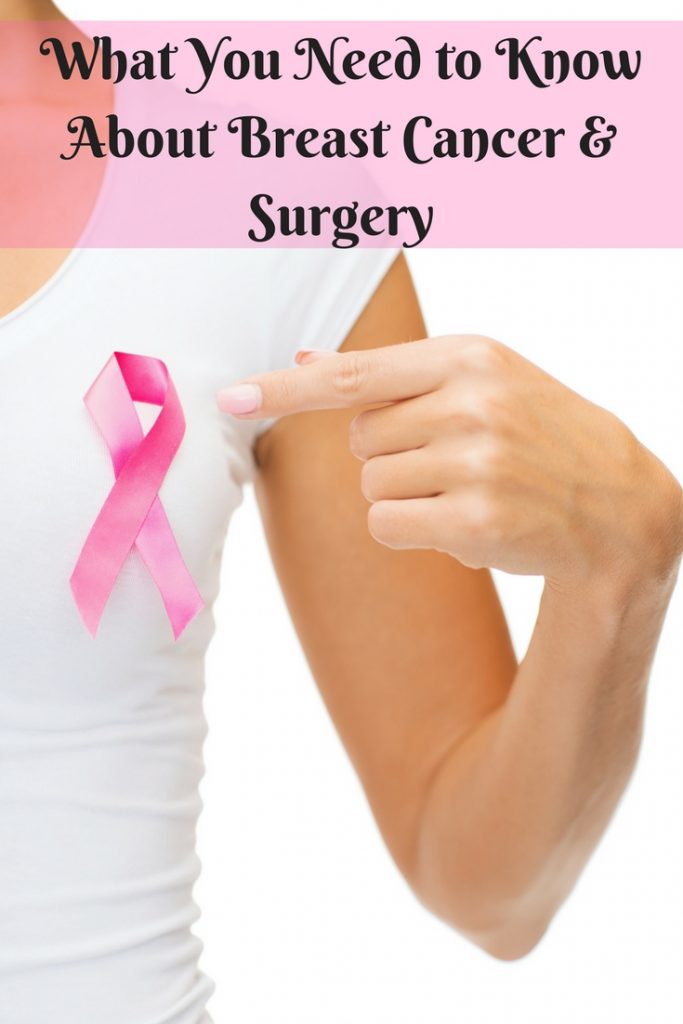
What You Need to Know About Breast Cancer & Surgery
There are many different types of treatments for breast cancer & surgery, because there are many different types of breast cancer! The goal of surgical treatment is to stop the cancer cells in the breast from continuing to grow. Otherwise, the cancer can metastasize (spread) to other parts of the body, such as bones, liver, lungs or brain, in which case, it can become life-threatening.
Early detection is the key to a good outcome. Prompt treatment once the cancer has been discovered also improves the chances of a good prognosis (outcome).
The goals will be to:
- Remove the cancerous cells from the breast ( lumpectomy, partial mastectomy or full radical mastectomy depending on your type of cancer )
- Kill any cancer cells that can’t be seen ( radiation )
- Try to prevent the spread of cancer throughout the body through systemwide-treatment, such as oral and/or IV drugs
Given these 3 goals, you will most likely have more than one treatment for your breast cancer. The doctors will make their recommendation based on the stage and type of cancer. Once you know these, you can discuss the facts with your doctors, loved ones, and people in support groups who have gone through the same health issue as yourself.
Keep in mind you will most likely see more than one health care professional and other staff, ( your breast surgeon, a medical oncologist, radiation oncologist or others, so don’t be afraid to ask questions and voice your concerns. If you aren’t happy with the answers you are getting or the attitude of your doctor, by all means get a second opinion. You have to be able to put your full trust and faith in your practitioner!! Putting together a breast cancer team you have total faith in is one of the best ways to give yourself a good chance of a positive outcome.
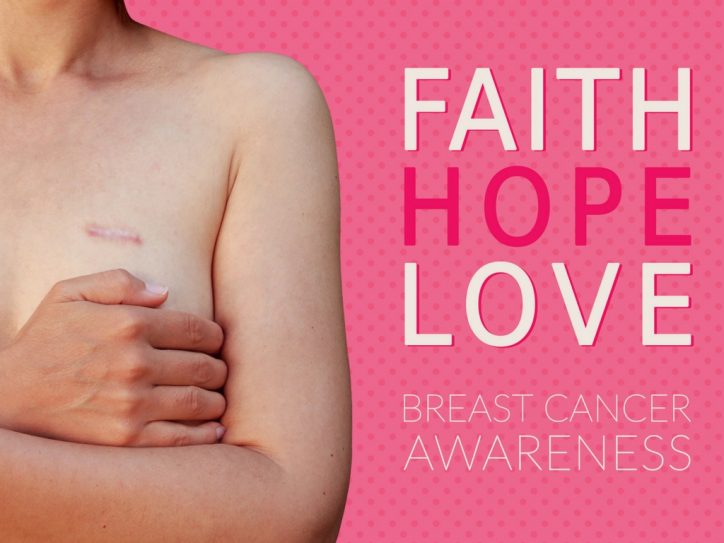
Breast cancer & surgery
One of the first questions will be what kind of breast surgery will I need. The goal of surgery is to
- Take out the tumor and some healthy tissue around it, to get clean surgical margins, so that no diseased cells are left inside your breast.
- The tumor and surrounding tissue sample will be given to a pathologist, to learn more about the kind of cancer you have and its grade, so your doctor can then suggest further treatment/s. The pathologist will also let your doctor know if the surgical margins are clean. If they are not…they will have to remove more tissue to try to get as clean of margins ( free of tumor ) as possible.
- Most people have now heard of a radical mastectomy, or complete removal of the breast/s. Actresses Christina Applegate and Angelina Jolie both chose double mastectomies, that is, removal of both breasts. http://www.everydayhealth.com/pictures/celebrities-with-breast-cancer/Applegate first had her tumor removed, but when she found out at the age of 36 that she had the BRCA gene mutation associated with breast cancer, she chose to have both removed completely. Angelina Jolie’s case was more remarkable because she made the decision without having had cancer (yet). Her mother had died of breast and ovarian cancer, so at the age of 38, Jolie decided to try to prevent herself from developing cancer.
- Many women feel as Applegate first did, to have ‘breast-sparing surgery’, commonly referred to as a lumpectomy, which focuses on the removal of the tumor and surrounding tissue. It is also referred to as partial mastectomy or wide local excision.Mastectomy is the removal of the whole breast and surrounding tissue. In bilateral mastectomy, both breasts are removed. Your surgeon will talk to you about which option is best for you.
I had a partial mastectomy along with a sentinel lymph node dissection and radiation therapy after my incision healed. The photo below shows a more simple lumpectomy with a well healed incision.
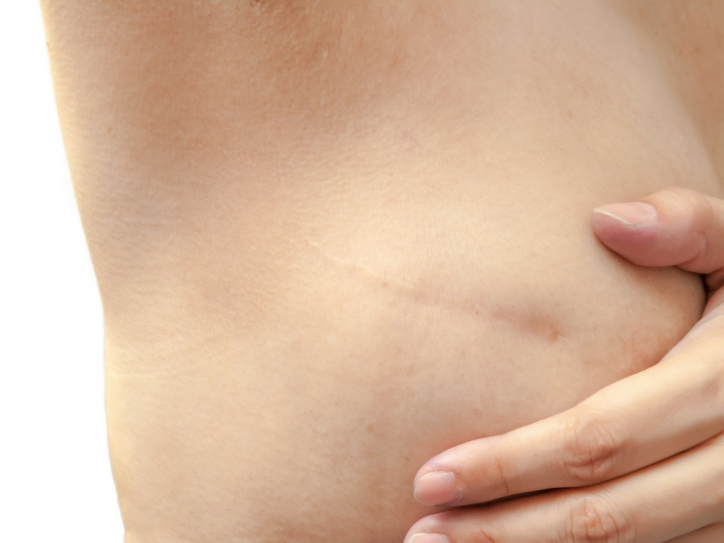
A good doctor and surgeon should discuss all of your options. And one of those options might be breast reconstruction if a radical mastectomy has been recommended for you. Breast reconstruction involves placing expanders in under your skin and also using other parts of your body for fat and tissue. This should all be discussed in detail if this is in your proposed plan.
Depending on the results of the pathology and your TNM score, and the type of surgery you will have, your doctor might suggest a course of radiotherapy (radiation therapy) as well as the surgery. It seems that is the standard protocol now for breast cancer treatment. And chemotherapy may also be advised BEFORE surgery depending on your type of cancer.
We will look at Radiation Therapy in our next post.
The key is in early diagnosis. All adult women, especially those over 50 years of age, should perform a breast self-exam (BSE) several times a year and have a clinical breast exam on an annual basis.
Exercises for Post-Breast Cancer & Surgery
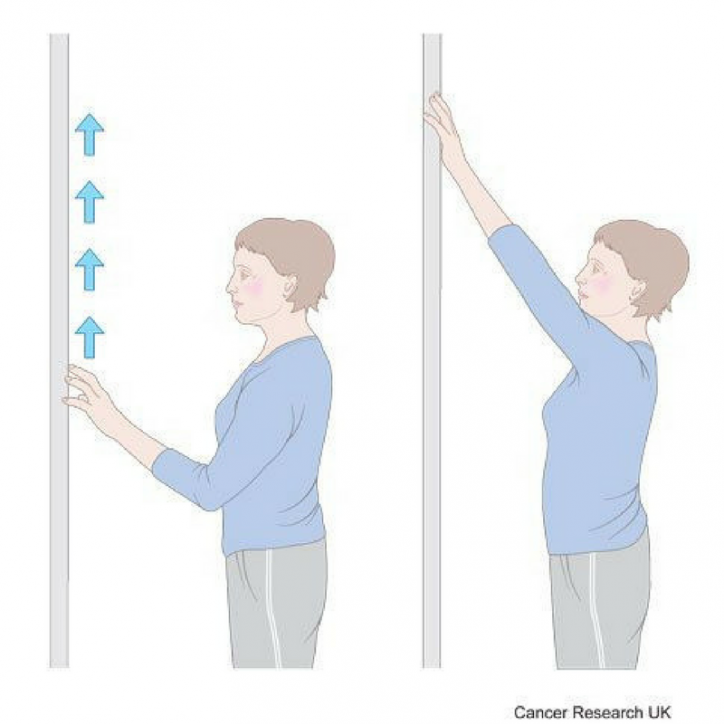
Breast surgery, especially a mastectomy can have a huge influence on how deep you are able to breathe. A partial mastectomy can also affect the movement of your arms and shoulders, as well as simple daily activities like bathing and dressing. I am now 5 months post my partial mastectomy and began Physical Therapy a month ago to help with arm movement. I didn’t think I was having any problems until the therapist had me try some movements that just really pulled and hurt!! So please do the exercises that are recommended for you when you discharge from the hospital. The photo shown above has been the most helpful for me, although anything to help you keep a full range of motion is helpful.
Here are a few other recommended post-surgery exercise tips to improve your mobility and range of motion, and help restore movement.
The First Week after Surgery
- Raise your affected arm (the arm on the side of your surgery site) higher than your heart. Open and close your hand 15 to 25 times, and bend and straighten your elbow. Repeat 3 to 4 times daily.
- Lie down on your back. Practice deep breathing exercises. Inhale as much air as you can while consciously trying to expand your abdomen and your chest. Relax and breathe out. Repeat 4 to 5 times.
A Week or More after Surgery
- Lie face up on the floor or your bed. Hold a yardstick or broom handle in both hands, across your stomach with your palms facing the ceiling. Lift the stick over your head as far as possible, hold for 5 to 10 seconds, and return to the starting position. Repeat 5 to 7 times a day.
- Stand 8 to 10 inches from a wall and place your hands palms-down on the wall at about shoulder height. Slowly “crawl” your hands up the wall, one hand after the other, as high as you can until you feel a stretching sensation. Repeat 5 to 7 times daily. ** This one really helps me!
What Is the Typical Recovery Time after Breast Cancer Surgery?
Breast cancer surgery is emotionally and physically taxing. If you have a lumpectomy or partial mastectomy you may be released the same day or the day after surgery. But you will require lots of rest.
A mastectomy may require 2 or 3 days in the hospital. If you undergo reconstruction along with a mastectomy, you could be in the hospital for several days. Upon release you will be given specific instructions about how to exercise and properly recover from this dramatic surgery.
If you had a surgical drain implanted, you may have to return 1 to 2 weeks after surgery to have it removed. It could take 2 – 3 months to recover from a mastectomy. Depending on the type of mastectomy performed, all breast tissue may be removed to treat and prevent cancer growth. This can increase your recovery time over breast conserving surgery.
Your recovery time will also depend on your age and general health, tumor size and location, and whether you caught the cancer early or late in the process. A radical mastectomy describes the total removal of the breast. You may undergo a partial mastectomy or a preventive mastectomy. You recovery time depends on on which type of surgery occurs.
As with any major surgery, plan to get help with preparing meals, shopping, looking after the kids and doing the laundry.
Follow your doctor’s orders – Don’t be pigheaded or stubborn. Do what your doctor tells you to do during recovery, including taking pain medication as needed. Staying on top of your pain will save you recovery time in the long run.
You will be given instructions for bathing and how to keep your incision dry upon discharge. And rest whenever you can or when your body feels like it needs to. You will need more rest while your body and emotions heal.
If you have questions please feel free to ask them in the comments. I will respond as quickly as I can. My next post will be on what you need to know about Breast Cancer and Radiation Therapy.



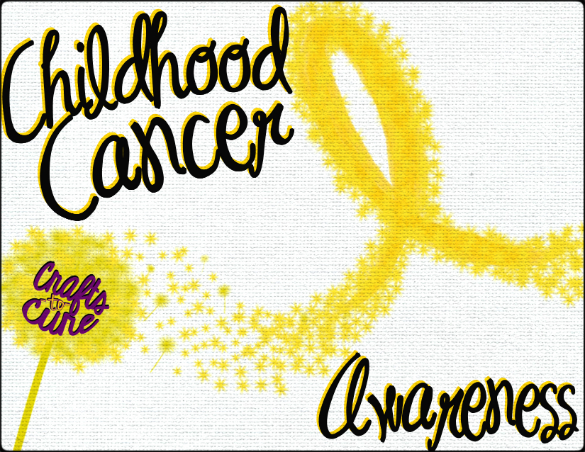

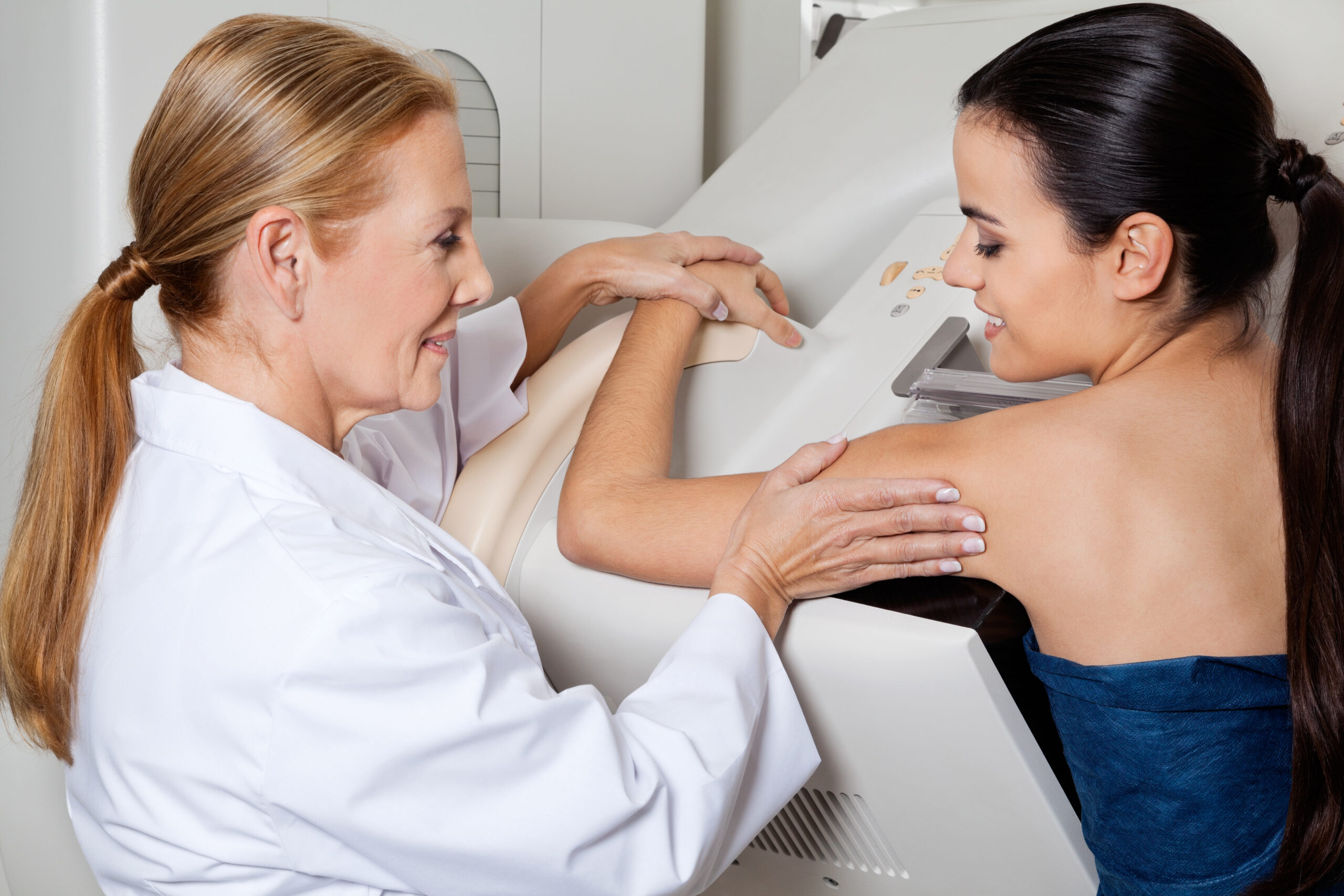
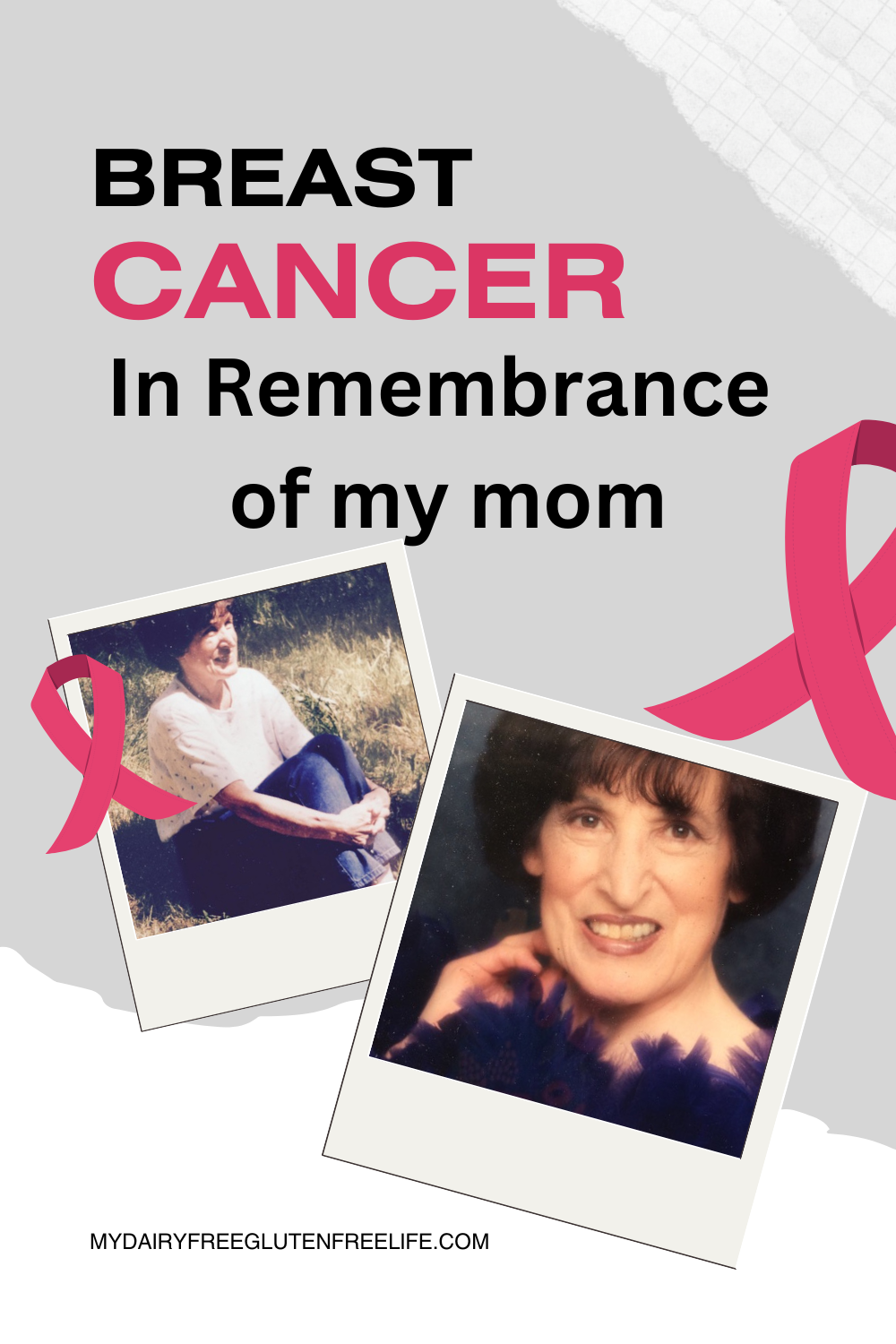
It is a frightening thing to go through.I hope you are doing well.I hope to be set free of the doctors soon, not likely’
After my surgery, I had a tube inserted to collect the blood. I had to drain and measure it each time.. It’s not pleasant, but I now will go for yearly checkups. Luckily, with the radiation because they gave me a lotion only for irradiated skin.